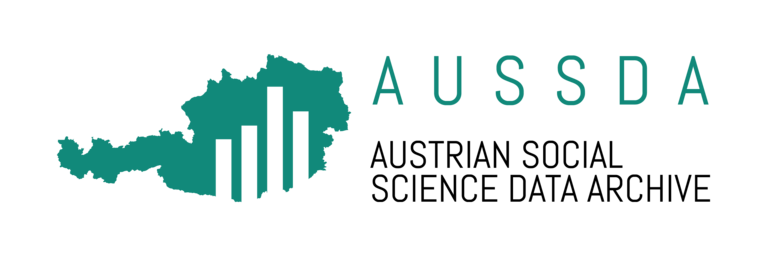My journey into Creative Commons began with a mistake. It was probably around 2007 when I looked into options on how to publish programming code that I had developed together with a friend. We decided to publish our work under a Creative Commons Attribution license to make the code public and reusable while being given the credit that we hoped to gain in these early stages of our careers. Back then, it was common for researchers to simply put their code on their personal website. Later I learned that you can apply a CC license to anything protected by copyright with the one exception being software for which better options exist.
For me, Creative Commons is a fascinating movement (and nonprofit organization) that advocates open knowledge and open resources. At the same time, the Creative Commons licenses are tools that allow me to share my works in order to maximize their reception and reuse while being credited, which in my academic life means being cited.
You might ask: why bother with selecting a license when everyone can easily put their work on a website? The copyright laws that apply in our countries prohibit the reuse of the creative work we put on a website. This effectively means that people are taking a (financial) risk when they copy and adapt your material without agreeing on the terms with you first. As you see, there is an inconsistency between the ease with which material (such as research data) can be shared over the web and via email and the restrictions that copyright laws impose on it. Creative Commons licenses solve these problems. Potential users can see exactly what they are allowed to do with your data without the need to get into time-consuming discussions with you.
But let’s take a step back: The story of Creative Commons begins in 1998 when copyright law was extended in the United States with the Sonny Bono Copyright Term Extension Act (CTEA). Prior to this, copyright lasted until 50 years after the death of the creator. With this piece of legislation it was extended to 70 years. This means that copyright law only ceases to apply 70 years after the death of its creator, the same is true for the Austrian copyright law (Urheberrecht). It is important to understand that when copyright law no longer applies, the work becomes part of the public domain and thereby part of the general pool of knowledge in a society. With the extension of the copyright, an internet publisher who relied on works in the public domain went to court against the law. This is known as the Eldred vs Ashcroft case. The internet publisher Eric Eldred lost the case at the Supreme Court of the United States. Hence, the need and idea of Creative Commons came into existence.
For research data, AUSSDA supports your goals in getting widespread attention and attribution of your works by making your data available for reuse under Creative Commons licenses. Deposit your data with AUSSDA and spare yourself the troubles of dealing with email requests and unclear usage scenarios.
Acknowledgment: The informationen in this article is based on materials of the CC certificate beta library track.

